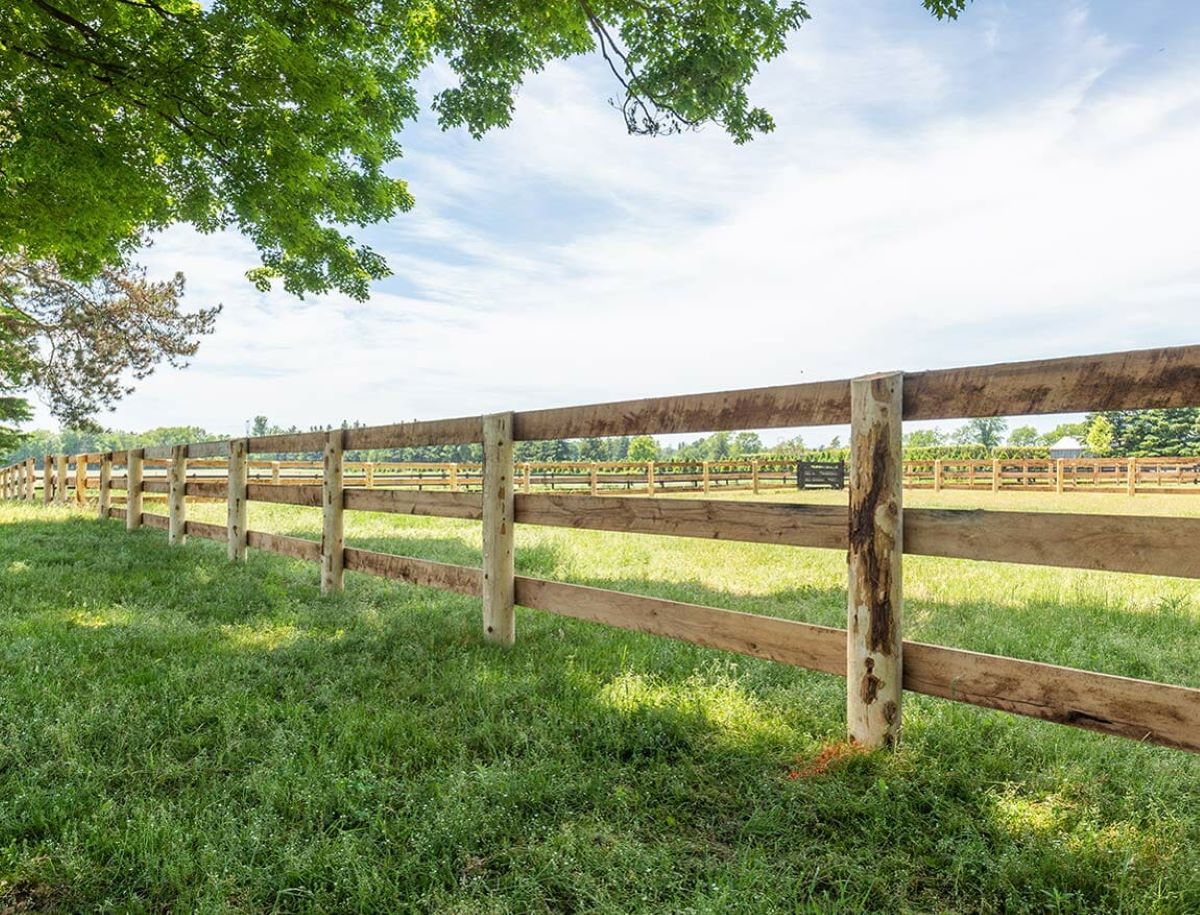

Articles
How Many Feet Of Fence For 1 Acre
Modified: May 6, 2024
Discover how many feet of fence you need for 1 acre with our informative articles. Get expert tips on calculating the right measurements and materials to secure your property.
(Many of the links in this article redirect to a specific reviewed product. Your purchase of these products through affiliate links helps to generate commission for Storables.com, at no extra cost. Learn more)
Introduction
The decision to install a fence on your property is not an easy one. There are many factors to consider, including the purpose of the fence, the type of materials to use, and the cost involved. One important aspect to take into account is the amount of fencing you will need, especially when dealing with larger areas like an acre.
In this article, we will explore how many feet of fence you would need for one acre of land. We will discuss the measurement of acres, the calculation of perimeter, and other factors that can affect the length of fencing required. Additionally, we will delve into the recommended fence height for different purposes, the types of fencing materials available, and cost considerations.
By the end of this article, you will have a comprehensive understanding of how to determine the amount of fencing needed for one acre, enabling you to make an informed decision and proceed with your fencing project.
Key Takeaways:
- Calculating the perimeter of one acre of land is crucial for determining the amount of fencing needed. Factors like land shape, topography, and additional features must be considered to ensure accurate measurements and a successful fencing project.
- Selecting the right fence height, material, and considering cost implications are essential for a well-planned fencing project. Understanding the purpose of the fence and seeking professional guidance will help in making informed decisions and creating a functional and visually appealing boundary for your one-acre property.
Read more: How Much To Fence In 1/2 Acre
Understanding the Measurement of Acres
Before we dive into calculating the number of feet of fence needed for one acre, let’s first understand what an acre is. An acre is a unit of area commonly used in the United States and other countries. It is equal to 43,560 square feet or 4,840 square yards.
The origin of the term “acre” can be traced back to medieval times when land was typically measured by the amount of land a team of oxen could plow in one day. The word “acre” comes from the Old English word “æcer,” meaning a field.
When it comes to visualizing the size of an acre, imagine a football field without the end zones. An acre is roughly equivalent to that area. It’s a significant amount of land, and depending on its shape, it can have different boundary lengths.
Now that we understand the concept of an acre, let’s move on to calculating the perimeter of one acre of land, which will help us determine the length of fence required.
Calculating the Perimeter of 1 Acre
To calculate the perimeter of one acre of land, we need to consider the shape of the plot. Since an acre can have various shapes, such as rectangular, square, or irregular, the formula for perimeter will differ accordingly.
In the case of a square acre, where all four sides are equal in length, you can simply take the square root of 43,560 (the number of square feet in an acre) to find the length of one side. Multiplying this length by 4 will give you the perimeter.
For example, if we have a square acre, the length of one side would be approximately 208.71 feet. Multiplying this by 4 yields a perimeter of 834.84 feet.
However, if the acre is rectangular or irregular in shape, the calculation is a bit more complex. In such cases, you would need to measure the lengths of each side and add them together to find the perimeter.
For instance, let’s say you have a rectangular acre with one side measuring 150 feet and the other side measuring 200 feet. In this case, the perimeter would be calculated as follows: 150 + 150 + 200 + 200 = 700 feet.
Keep in mind that these examples are just simplifications to demonstrate the calculations. In reality, your acre’s shape may be more complex, requiring more accurate measurements. It is advisable to consult a professional surveyor to accurately measure the length of each side and calculate the perimeter of your specific acre.
Once you have determined the perimeter of your one-acre plot, you will have a better understanding of the amount of fencing you will need to enclose the area.
Factors Affecting Fence Length
When determining the length of fencing needed for one acre, it’s important to consider several factors that can affect the overall fence length. These factors include:
- Shape of the land: The shape of the land plays a significant role in determining the length of fence needed. As mentioned earlier, an acre can have different shapes, such as square, rectangular, or irregular. Irregularly shaped plots may require more fence length to enclose the perimeter.
- Topography: The terrain of the land can impact the amount of fencing required. If the land is hilly or has steep slopes, additional fencing may be necessary to ensure the fence follows the contour of the land.
- Gates and openings: If you plan on installing gates or openings within the fence, you will need to account for these additional lengths. Gates not only provide access but also need enough space for people or vehicles to pass through comfortably.
- Tensioning system: Some fencing materials, like chain-link fences, require additional length to accommodate tensioning systems that keep the fence taut and secure. These tensioning systems may add to the overall length required.
- Setbacks and easements: Depending on local regulations and property boundaries, you may need to leave a certain distance between the fence and any adjacent structures or easements. These setbacks can further impact the overall fence length.
- Additional features: If you plan to include additional features like decorative accents, trellises, or privacy slats within the fence, you will need to consider their length when calculating the total fence length.
Considering these factors will help you determine a more accurate estimate of the fence length needed for your one-acre property. It is important to thoroughly evaluate these factors and seek guidance from professionals to ensure the proper installation and functionality of your fence.
One acre is equal to 43,560 square feet. To calculate the amount of fence needed for 1 acre, use the formula: 4 x √(43,560) = 836 feet. This accounts for the perimeter of the acre.
Recommended Fence Height for Different Purposes
When selecting the height of your fence, it’s essential to consider the purpose of the fence and your specific needs. The height requirements for fences can vary depending on various factors, such as privacy, security, and aesthetic preferences. Here are some general recommendations for different purposes:
- Residential Privacy: For residential properties where privacy is a priority, a fence height of around 6 to 8 feet is recommended. This height provides a significant barrier between your property and the outside world, helping to create a private and secluded space.
- Security and Safety: If security is a concern, especially for commercial or industrial properties, taller fences ranging from 8 to 10 feet are often recommended. These heights deter potential intruders and help keep the property secure.
- Pet Containment: When it comes to containing pets, especially dogs, the ideal fence height is typically 4 to 6 feet. This height prevents most dogs from jumping over the fence while providing them with a safe and secure area to roam.
- Garden and Landscape Protection: To protect your garden or landscape from animals such as deer or rabbits, a fence height of 6 to 8 feet is generally recommended. This height helps to deter these animals from entering your garden and damaging your plants.
- Aesthetic Enhancement: In some cases, the main goal of a fence is to enhance the aesthetic appeal of a property rather than providing complete privacy or security. For this purpose, shorter fence heights ranging from 3 to 5 feet may be more suitable.
It’s important to check local regulations and homeowner association guidelines before determining the fence height for your property. Certain areas may have specific height restrictions or requirements that need to be followed.
Remember that these are general recommendations, and your specific needs may vary. It’s always a good idea to consult with fencing professionals to determine the ideal fence height based on your unique requirements and local regulations.
Read more: How Much Is It To Fence An Acre
Types of Fencing Materials
When it comes to selecting the right fencing materials for your project, there are various options available, each with its own advantages and considerations. The choice of fencing material will depend on factors such as budget, desired aesthetics, maintenance requirements, and the purpose of the fence. Here are some commonly used fencing materials:
- Wood: Wood is a classic and versatile choice for fencing. It offers a natural and appealing look and can be customized with different designs and stains to match your property’s aesthetics. However, wood fences require regular maintenance, such as staining, painting, and sealing, to protect against weathering and rot.
- Chain Link: Chain link fences are known for their durability and affordability. They are commonly used for security purposes, as they provide visibility while still creating a boundary. Chain link fences are low-maintenance and require minimal upkeep. However, they may not provide the desired level of privacy.
- Vinyl: Vinyl fences are a popular choice for their durability and low maintenance. They are available in a variety of styles and colors and can mimic the look of wood without the need for regular maintenance. Vinyl fences are resistant to rot, fading, and pests, making them a long-lasting option.
- Wrought Iron: Wrought iron fences are known for their elegance and strength. They can add a touch of sophistication to any property and offer excellent security. However, wrought iron fences can be more expensive and require regular maintenance to prevent rust and corrosion.
- Aluminum: Aluminum fences are lightweight, durable, and resistant to rust and corrosion. They are available in various styles and colors, offering versatility in design. Aluminum fences require minimal maintenance and are a cost-effective alternative to wrought iron.
- Composite: Composite fences are made from a combination of wood fibers and recycled plastic. They offer the natural look of wood while being resistant to insect damage, rot, and decay. Composite fences require minimal maintenance and are an eco-friendly option.
Before making a decision, consider the specific requirements of your project, such as the desired level of privacy, maintenance needs, and budget. It can be helpful to consult with fencing professionals to determine the best fencing material that meets your needs and fits the overall aesthetic of your property.
Cost Considerations
When planning a fencing project, it is essential to consider the cost implications. The total cost of your fence will depend on several factors, including the type of fencing material, the length of fence needed, installation labor, additional features, and any necessary permits. Here are some cost considerations to keep in mind:
- Fencing Material: The choice of fencing material will significantly impact the overall cost. Materials like wood and wrought iron tend to be more expensive, while materials like chain link and vinyl are generally more budget-friendly. Consider your budget and the desired durability and aesthetics when selecting the material.
- Fence Length: The length of fence needed to enclose your property will have a direct impact on the total cost. Measure the perimeter accurately to estimate the required amount of fencing material. Keep in mind that irregular shapes or additional features like gates and openings will increase the total length.
- Installation Labor: The cost of labor for installing the fence can vary depending on the complexity of the project, the terrain, and local labor rates. Obtaining quotes from reputable fencing contractors will help you understand the labor costs involved and choose the best option that fits your budget.
- Additional Features: If you plan to include any additional features like decorative accents, trellises, or security measures, these will add to the overall cost. Consider if these features are necessary for your specific needs and budget accordingly.
- Permits and Regulations: Before starting your fencing project, check with your local authorities regarding any necessary permits or regulations. Some areas may require permits for fence installations, which can add to the overall cost.
- Maintenance: Consider the long-term maintenance costs associated with the chosen fencing material. While some materials require minimal maintenance, others may need regular upkeep, such as painting, staining, or sealing. Factor in these maintenance costs over time.
It is important to balance your budget with the desired functionality and aesthetics when making decisions about fencing materials, length, and additional features. Research different suppliers and contractors to obtain multiple quotes and compare prices. Remember that investing in high-quality materials and professional installation can contribute to the durability and longevity of your fence.
By carefully considering these cost factors and planning your budget accordingly, you can ensure that your fencing project remains within your financial means while achieving your desired results.
Conclusion
Installing a fence on your property is a significant decision that involves careful consideration of various factors. Understanding the measurement of acres, calculating the perimeter, and considering the factors that impact fence length are crucial steps in determining the amount of fencing needed for one acre of land.
Choosing the recommended fence height for your specific purposes, such as privacy, security, or pet containment, ensures that your fence serves its intended function. Exploring the different types of fencing materials allows you to select the option that best suits your budget, aesthetics, and maintenance requirements.
Cost considerations, such as the fencing material, fence length, installation labor, and additional features, play a vital role in budgeting for your fencing project. By being mindful of these factors, you can make informed decisions that align with your budgetary constraints.
In conclusion, carefully assessing the measurements, purpose, materials, and costs associated with fencing for one acre of land will empower you to plan and execute your project efficiently. Seeking advice from professionals, obtaining multiple quotes, and ensuring compliance with local regulations will aid in the successful completion of your fence installation.
Remember that a well-planned and properly installed fence can enhance your property’s aesthetics, provide privacy and security, and contribute to the overall value of your land. Take the time to thoroughly evaluate your options and make choices that best meet your specific needs.
With this comprehensive understanding and attention to detail, you can confidently embark on your fencing project, knowing that you have made informed decisions and are well-prepared to create a functional and visually appealing boundary for your one-acre property.
Now that you've got the basics of how many feet of fence enclose one acre, why not delve deeper into specific types of barriers? Our next article focuses on perimeter fencing, a crucial component for enhancing security and privacy. Whether you're looking to safeguard your home or simply define property boundaries more clearly, understanding the nuances of perimeter fences will prove invaluable. So don't miss out on our detailed guide that helps you make informed decisions about securing your space.
Frequently Asked Questions about How Many Feet Of Fence For 1 Acre
Was this page helpful?
At Storables.com, we guarantee accurate and reliable information. Our content, validated by Expert Board Contributors, is crafted following stringent Editorial Policies. We're committed to providing you with well-researched, expert-backed insights for all your informational needs.
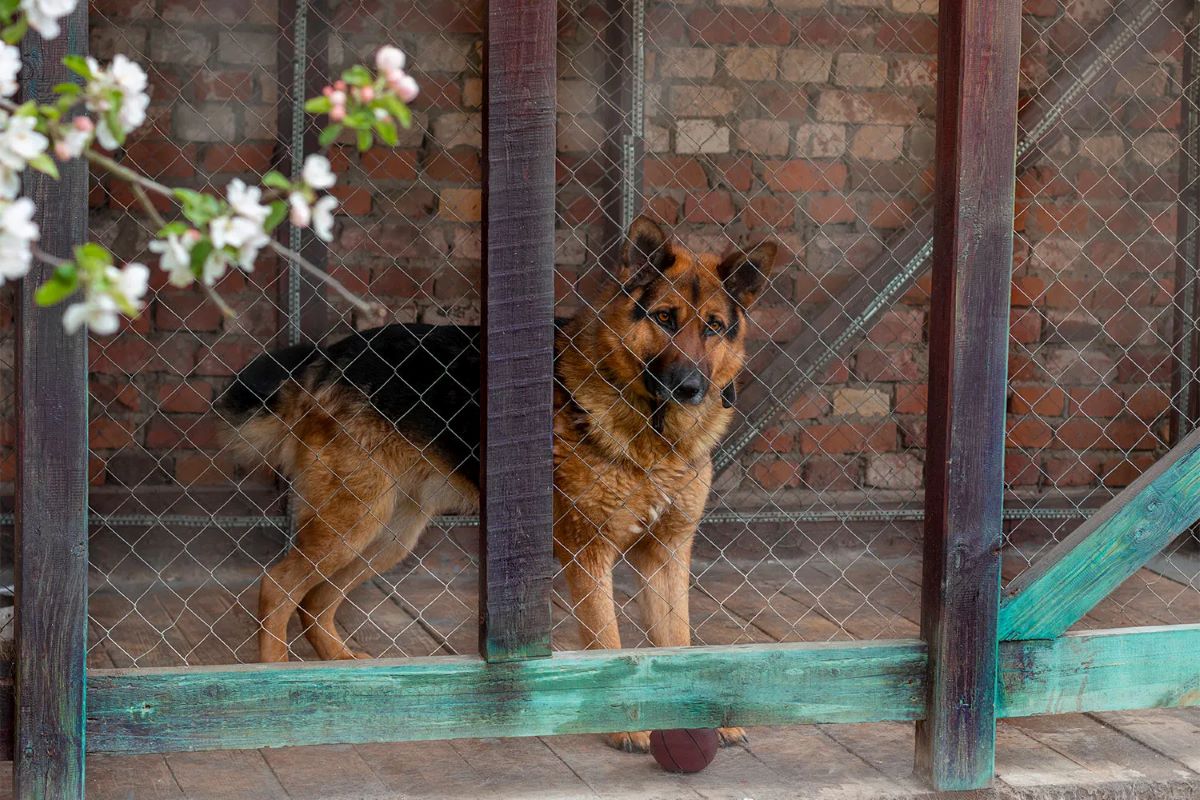
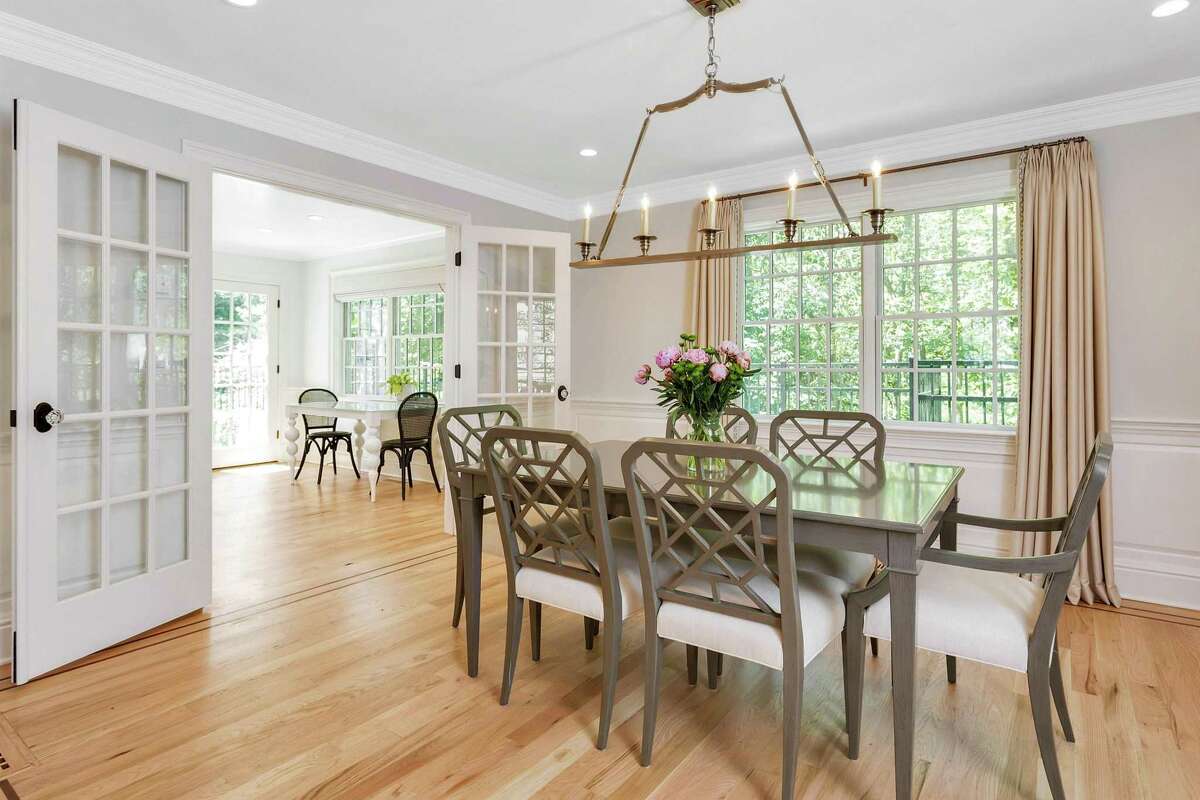

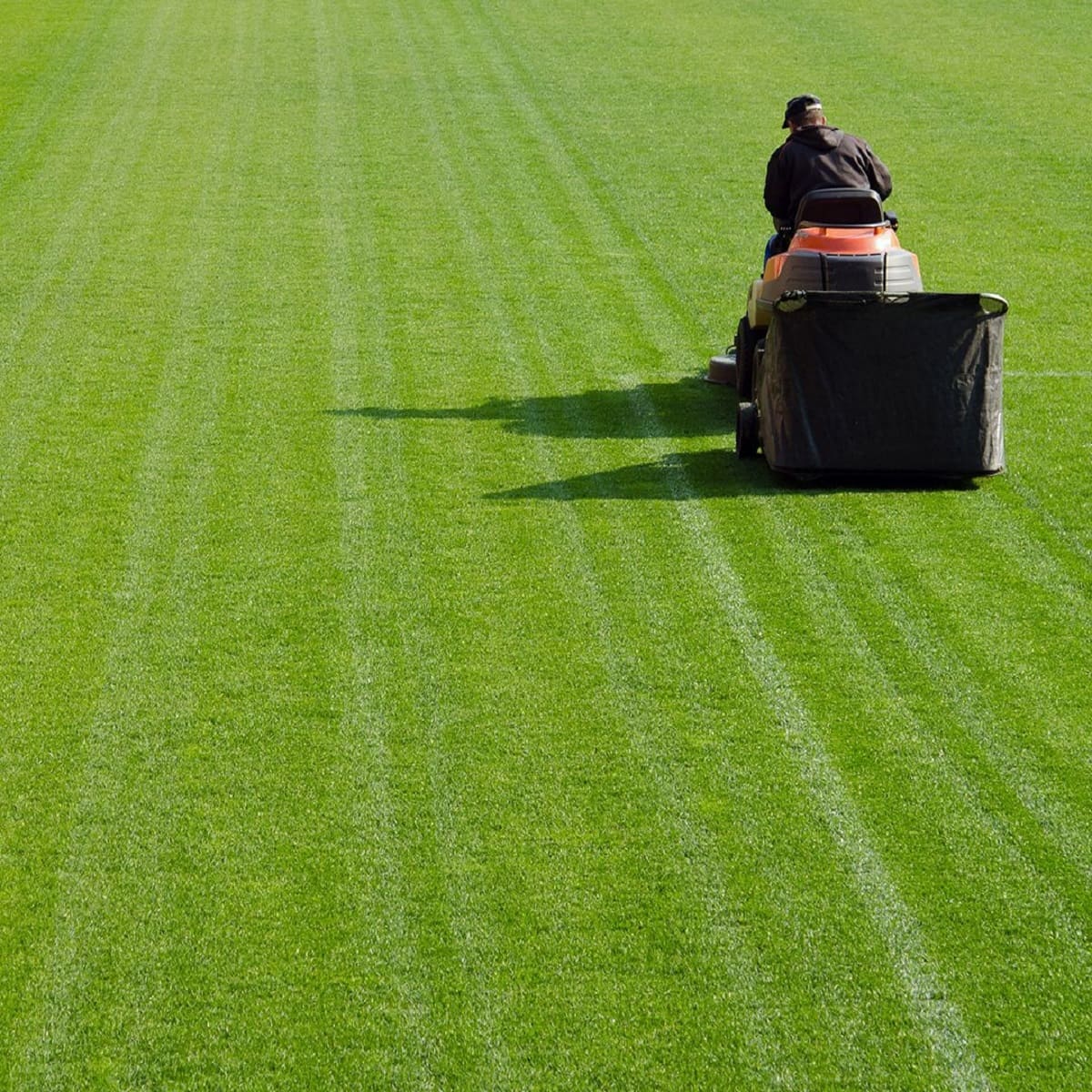
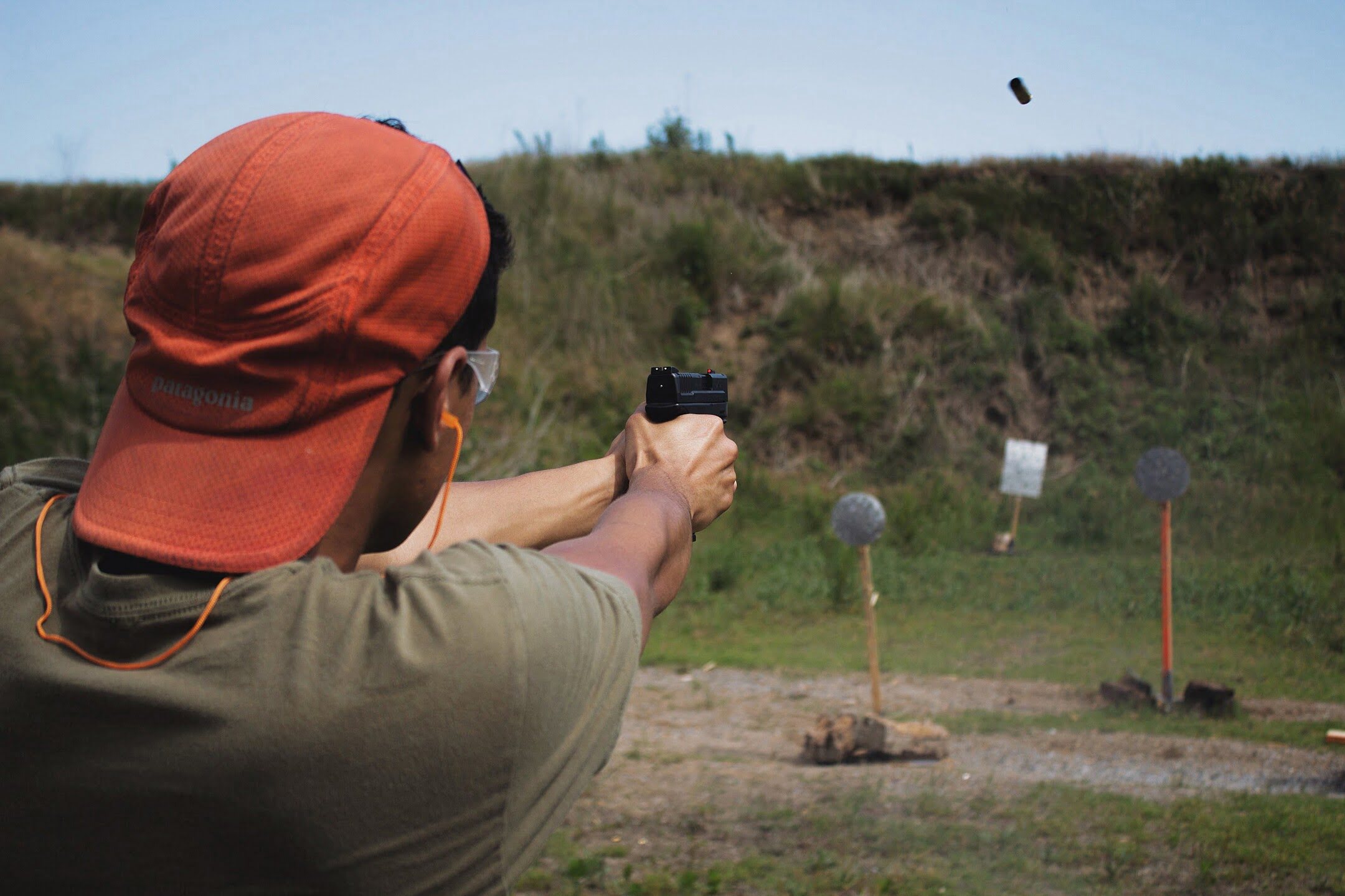
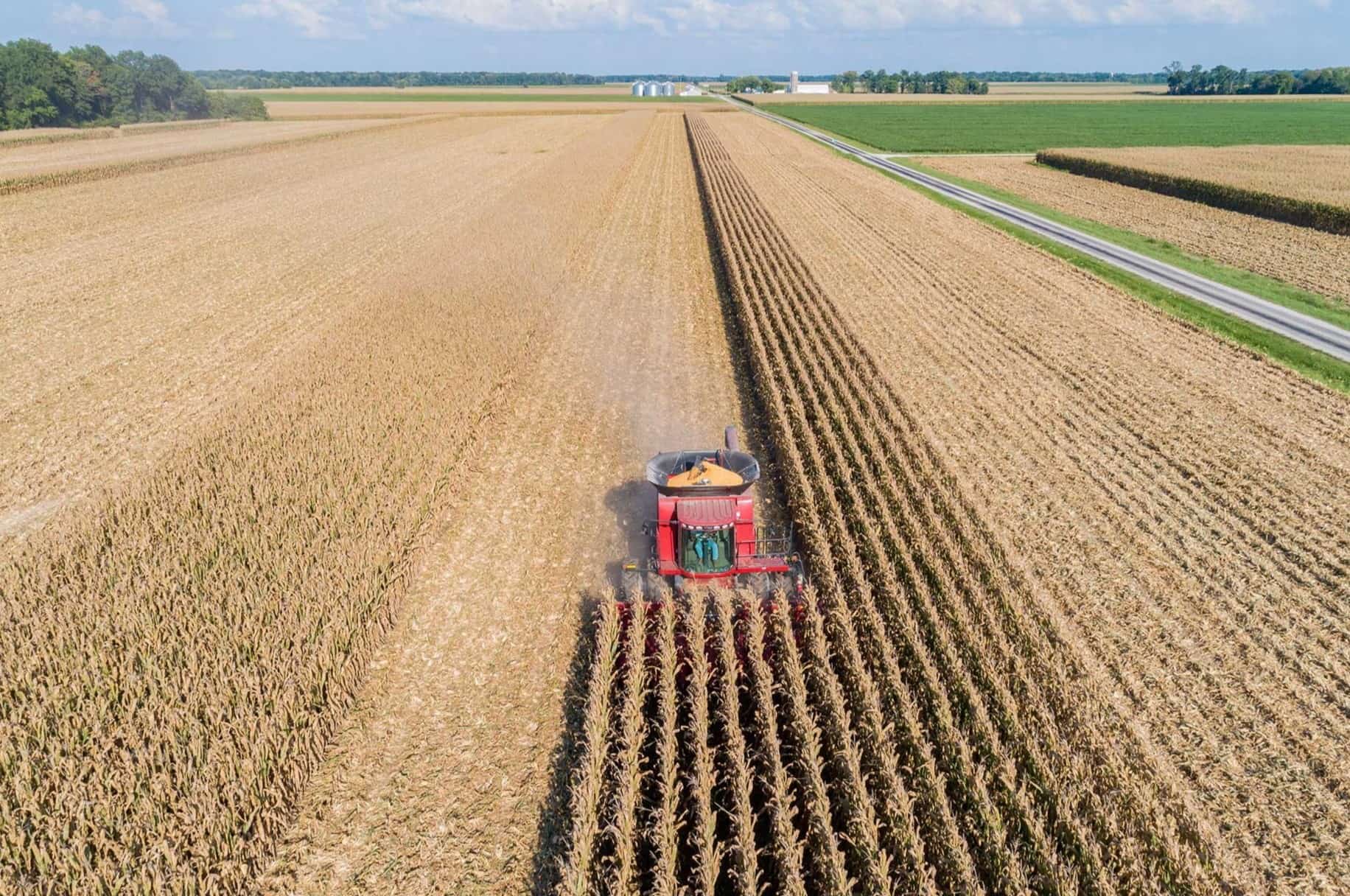

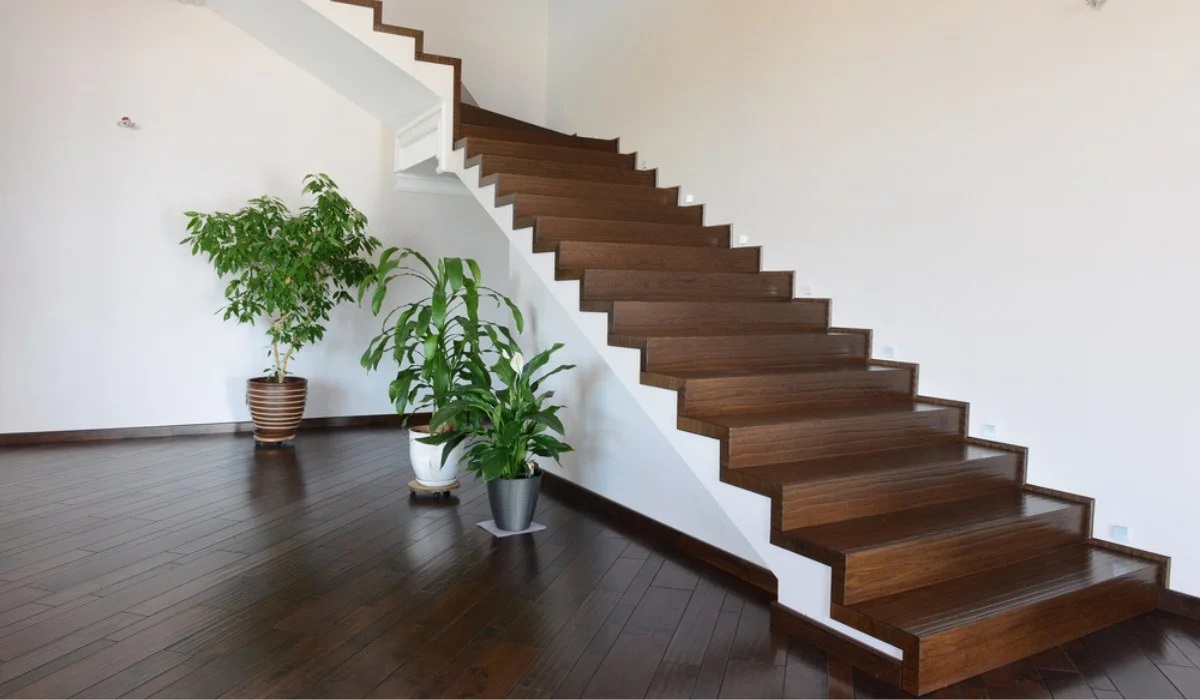
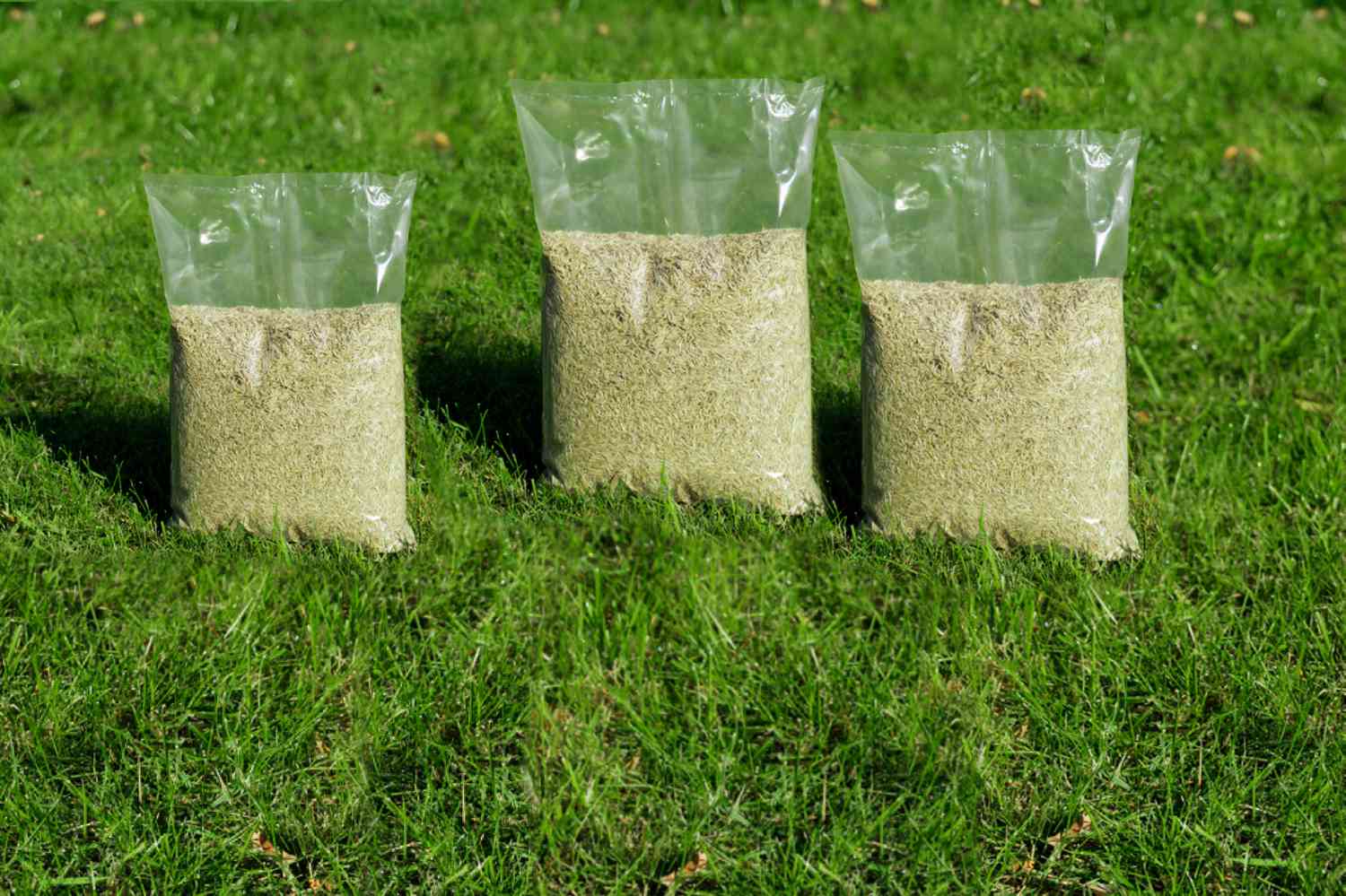

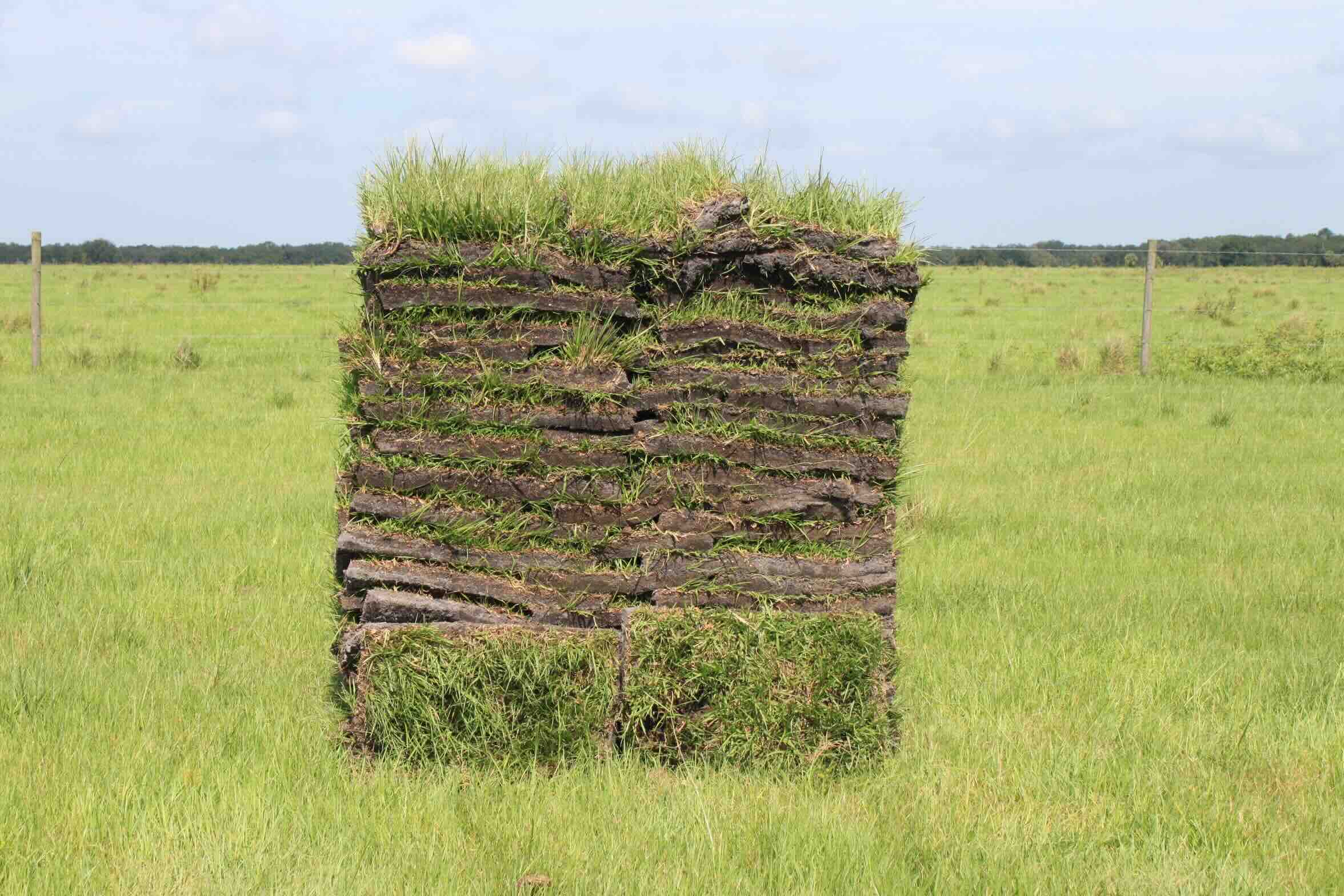
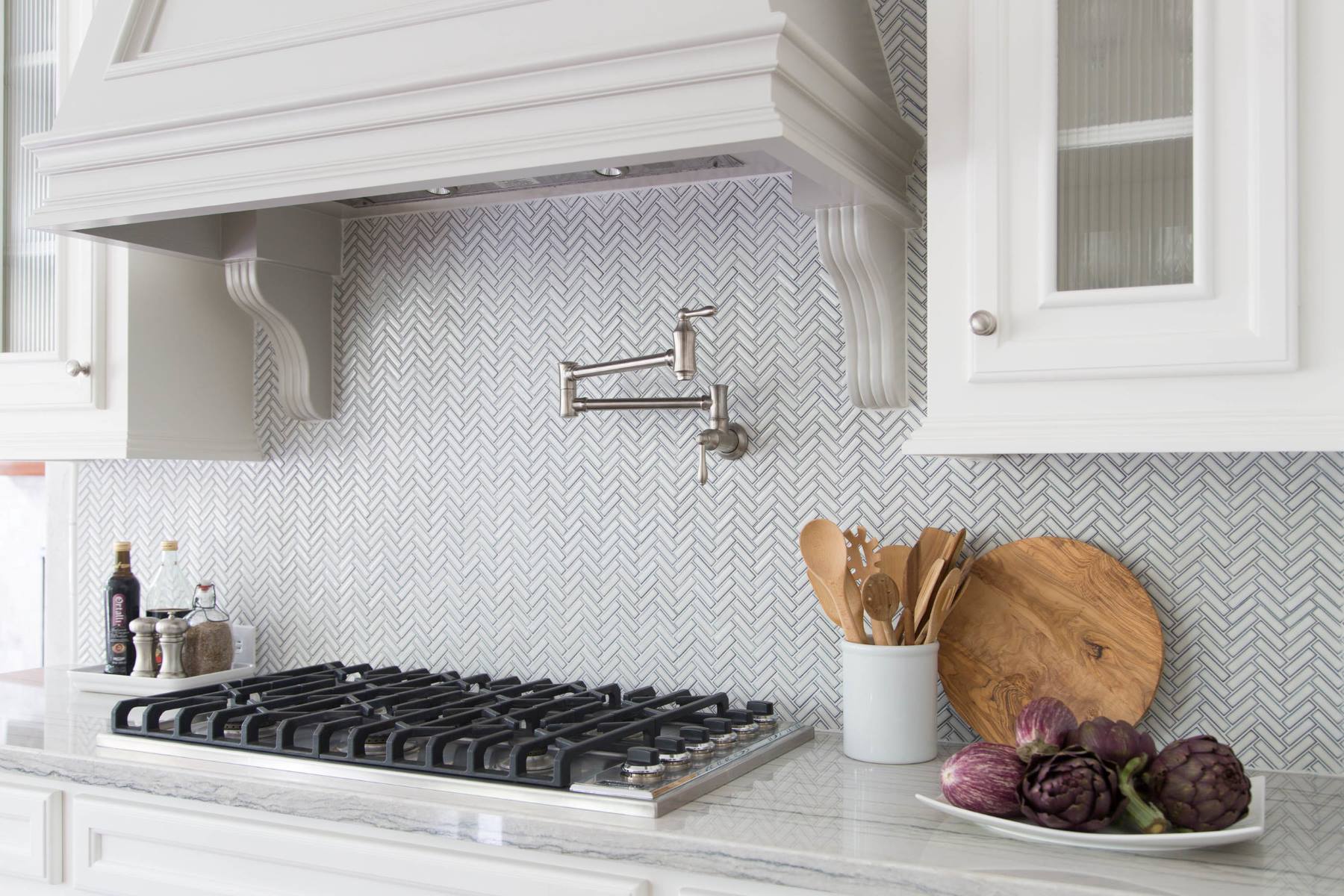
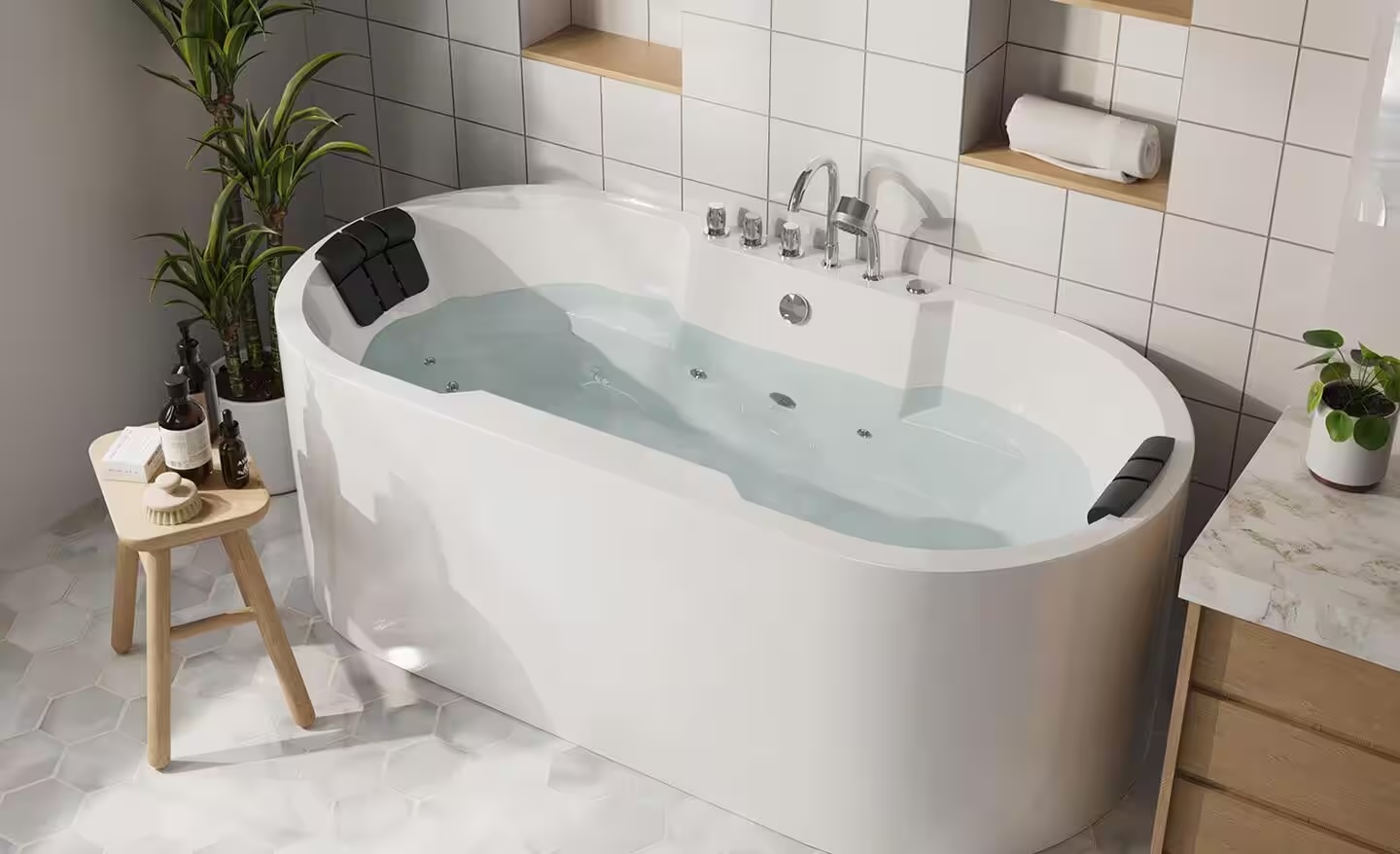
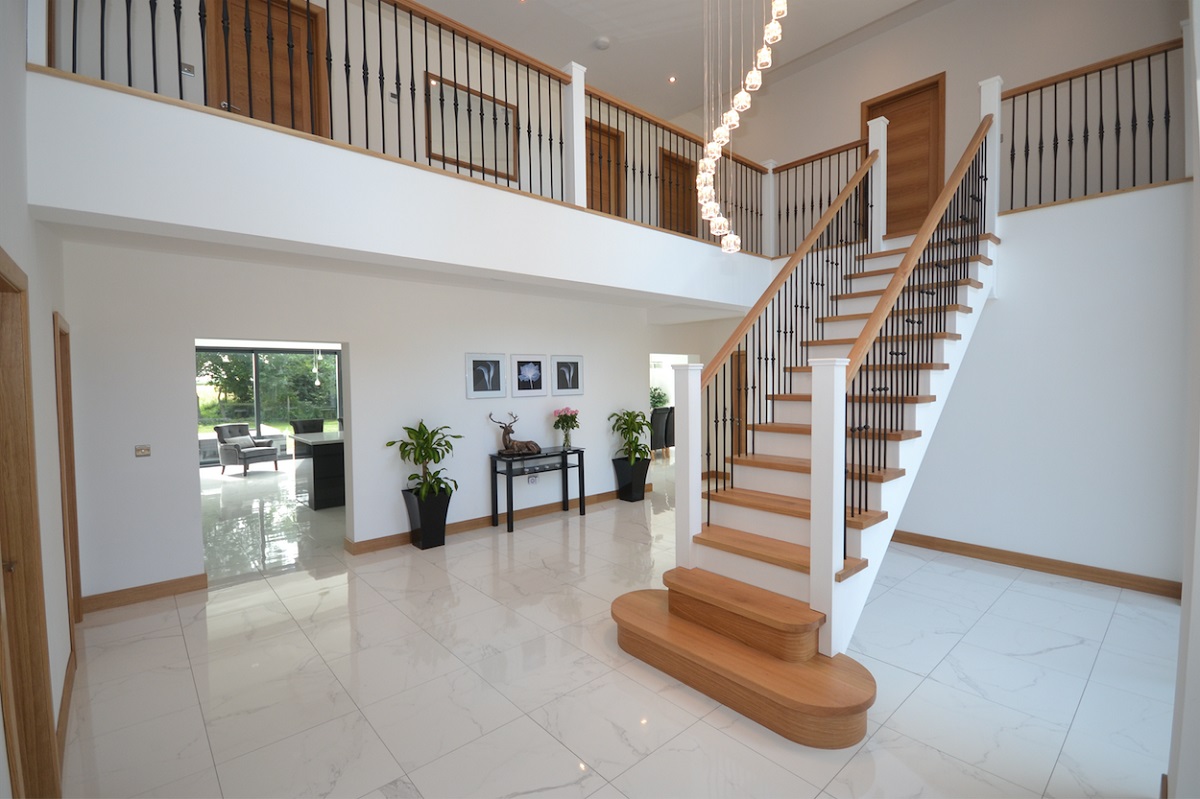

0 thoughts on “How Many Feet Of Fence For 1 Acre”